#chinese architecture
Text




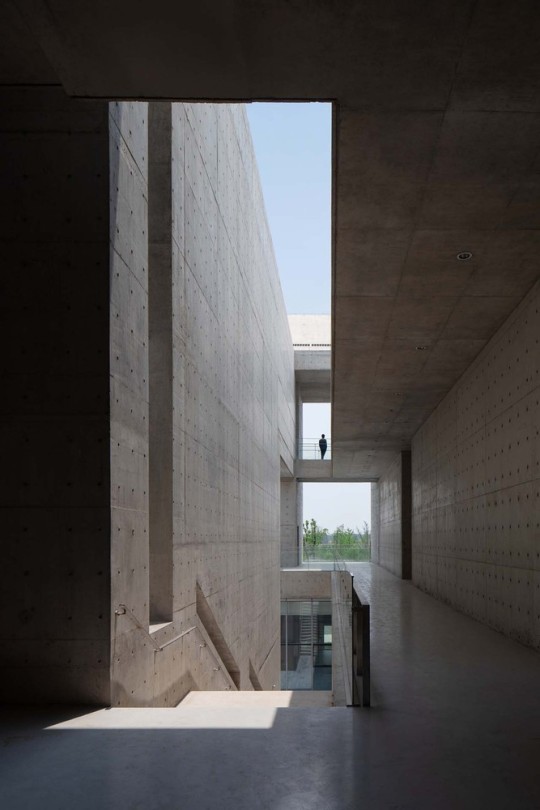


Shou County Culture and Art Center, China - Studio Zhu-Pei
#Studio Zhu-Pei#architecture#design#building#modern architecture#interiors#concrete#minimalism#museum#art#art gallery#cultural center#brutalist#concrete architecture#structure#cool architecture#courtyards#light#china#chinese architecture
97 notes
·
View notes
Text


🌞 Sun and Moon Pagodas | 日月双塔 🌚
Originally built in Guilin, Guangxi during the Tang dynasty (618-917) the pagodas were reconstructed in 2001.
#chinese culture#chinese history#Chinese architecture#buddhism#pagodas#tang dynasty#asian architecture#China#east asia#east Asian cultures#dynastic china
1K notes
·
View notes
Text


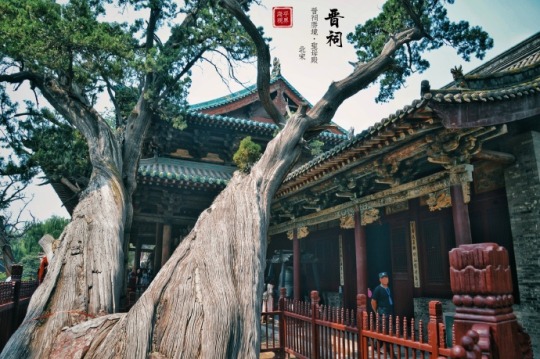
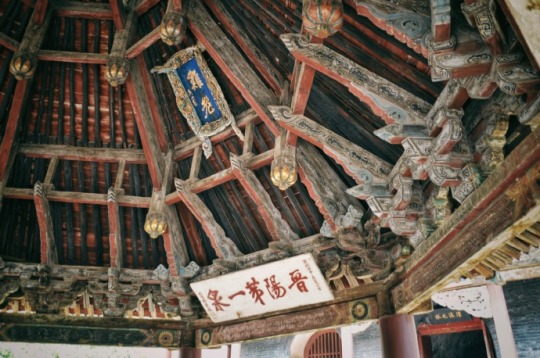
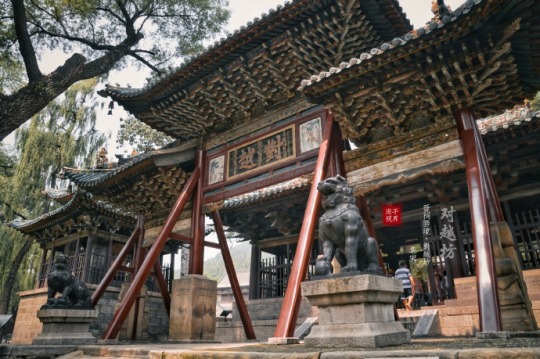




The Hall of the Holy Mother: One of the Oldest Places of Worship
The Hall of the Holy Mother (聖母殿) in Jinci Temple (晉祠), Shanxi. Built during the reign of Emperor Renzong (仁宗) of the Northern Song dynasty (1023-1032).
The hall is part of the ever evolving temple complex founded about one and a half thousand years ago. Over the centuries of countless transformations, it has accumulated buildings of various periods and styles.
The temple is dedicated to Shuimu (水母), The Old Mother of Waters, witch-goddess of Chinese lore, appearing in the form of a dragon, a snake or a charming lady with a sword and a yoke.
Photo: ©鱼雁江南, 雪夜魚舟
#ancient china#chinese culture#chinese mythology#taoism#chinese architecture#song dynasty#wooden architecture#wooden buildings#chinese customs#taoist#chinese folk religion#chinese temple#religious art#temple architecture#taoist deities#goddess#goddess worship#mother goddess#great mother#chinese folklore#dragon art#dragon
250 notes
·
View notes
Text

The Sun and Moon Pagodas in Guilin, China (photo by Nathan Ackley)
Sun & Moon Twin Pagodas are one of the greatest attractions in Guilin, situated in Shanhu (Shan Lake).
The word sun and moon in Chinese character written together meant brightness. They are also known as Gold and Silver Pagodas because of their colors at night. They stand next to each other reflecting the beauty of each other.
Originally built in Guilin's moat during the Tang dynasty, these tiered towers were reconstructed in 2001 and now they are a tourist site combining culture, art, religion, and architecture, technology, and natural landscape.
The "Sun" Pagoda is constructed with copper; it has 9 floors and reaches a height of 41 metres. The "Moon" Pagoda's construction is made of marble; it has 7 floors and measuring 35 meters high. The two pagodas are connected via a tunnel at the bottom of the lake.
From the Moon Pagoda to the Sun Pagoda, there is a 10-meter glass tunnel that links the two under water. When walking through the tunnel, one can see the fish above the head and on both sides.
#sun and moon pagoda#china#chinese architecture#asian architecture#asia#chinese culture#asian culture#pagoda architecture#pagoda#buddhism#tang dynasty#photography#aesthetic#religion#asian religion#chinese religion#ancient china#ancient tradition#sun and moon
1K notes
·
View notes
Text

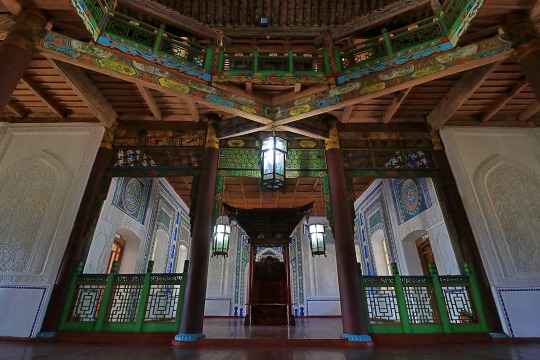







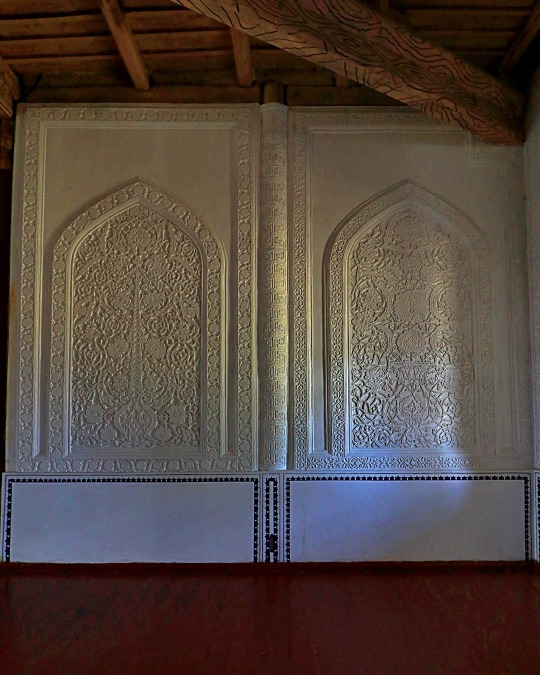
Old Mosque ( Zharkent / Kazakhstan )
#travel photography#visitkazakhstan#aroundtheworld#explore#trip#adventure#zharkent#travelphotography#photooftheday#zharkentoldmosque#travel#traveling#silk road#pickoftheday#chineseislamicarchitecture#chinese architecture#central asia#kazakhstan#architecture#islamic architecture#kazakhstantravel
100 notes
·
View notes
Photo

The Jingshi in Autumn
by nikkidraws
Turns out, I didn’t mess it up after all 😅 although I’ve been reliabily informed by my bestie that that bridge looks likes it’s rising from the pond similar to the Loch Ness Monster. I may put this up on my shop over at INPRNT depending on interest - so let me know! I plan on doing a lot more of these kind of marker projects in future.
Speaking of my shop, there’s also currently (July 2023) a storewide sale of up to 40% off your order, and $5 wordwide shipping 👀 If you like my CQL set design saga, why not check out my set blueprints? Or you can head over to my kofi if prints aren’t your thing. I’m still a fairly new artist so I appreciate your support 🙏
#nikkidraws#the jingshi#cql#set design#cql sets#cql fanart#mdzs fanart#the untamed fanart#the untamed#the untamed set design#chen qing ling#wangxian#lan wangji#wei wuxian#cloud recesses#promarkers#architecture sketch#chinese architecture#xianxia#the chinese fantasy architecture saga continues
224 notes
·
View notes
Text
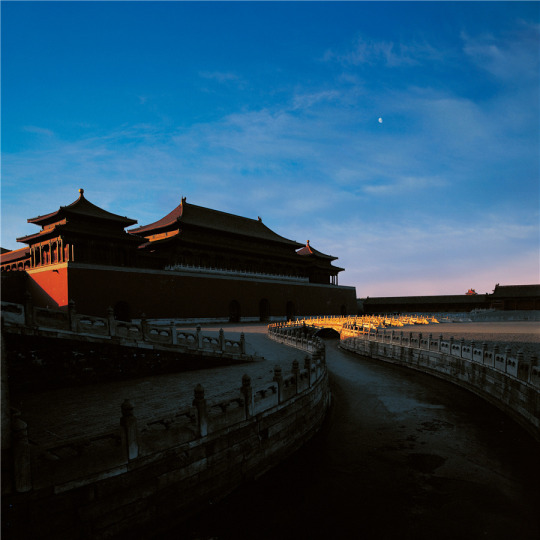


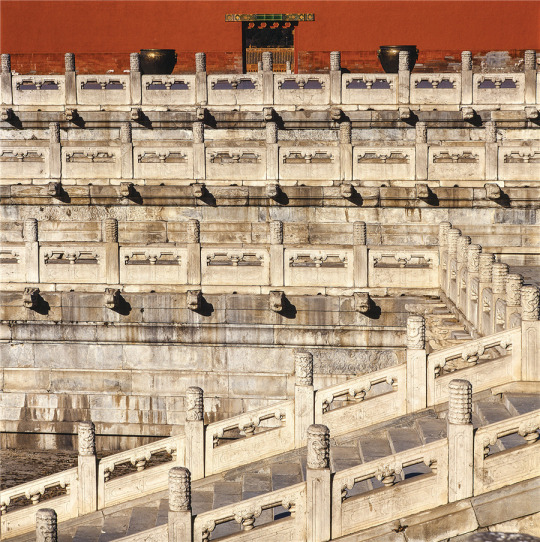
Photos of Beijing China's famous Forbidden City
122 notes
·
View notes
Text
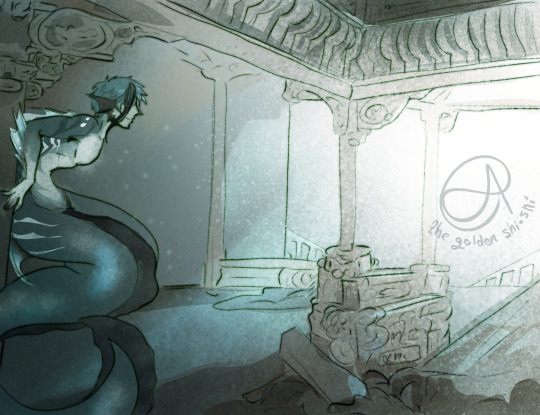
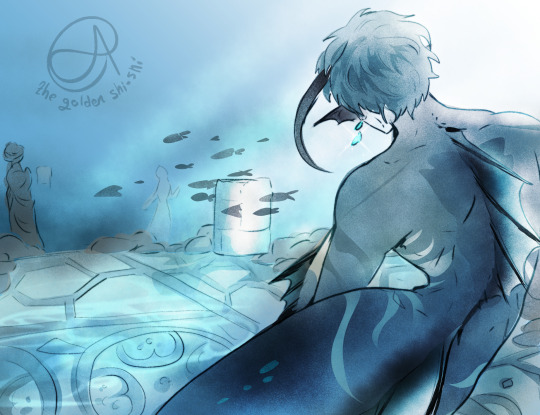
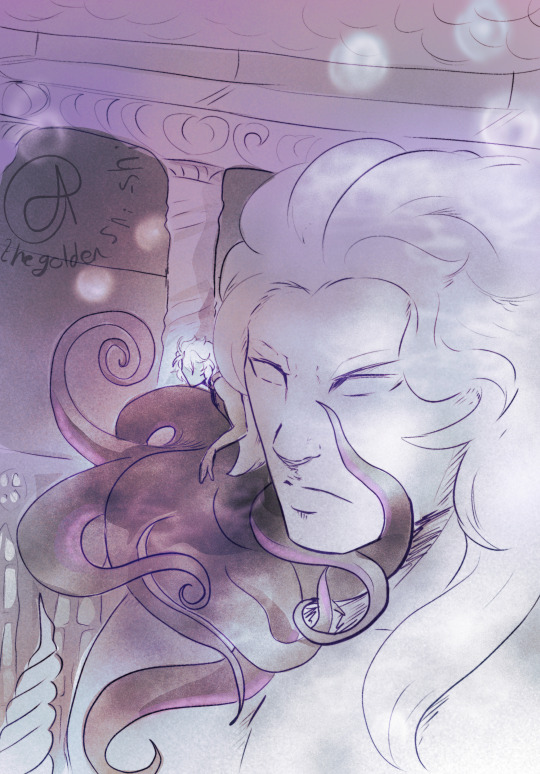
Architecture/ atmosphere studies featuring Octavinelle.
For those interested, my references are: Shicheng City (feat Floyd), Baiae (feat Jade) and Azul in a fantasy setting of my own design.
Azul was a speed-draw, so I may have to redo him at some point
And here is a similar set featuring Savanaclaw
#twisted wonderland#twst#floyd leech#jade leech#azul ashengrotto#twst floyd#twst jade#twst azul#shicheng city#lion city#Baiae#roman architecture#chinese architecture#fantasy architecture#Just barely squeaked in for mermay#mermay 2022
3K notes
·
View notes
Text
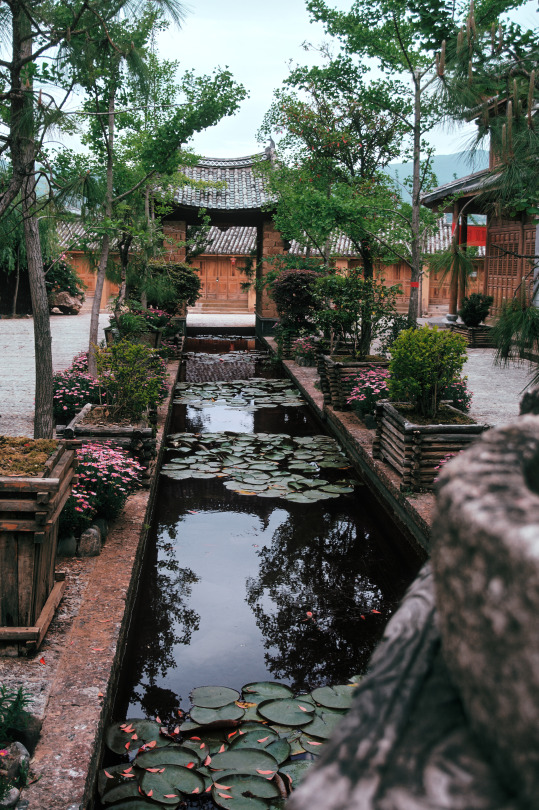
Courtyard - Shaxi, 2019
#picofthenight#travel#china#yunnan#original photographers#photographers on tumblr#chinese garden#chinese aesthetic#courtyard#chinese architecture#urban aesthetic#canal#photoofthenight
115 notes
·
View notes
Text
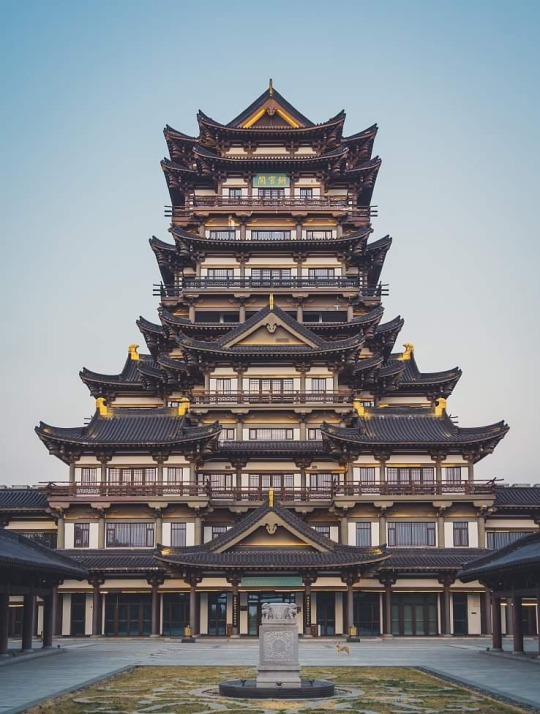
TONGGUAN KILN - CHINA
93 notes
·
View notes
Text
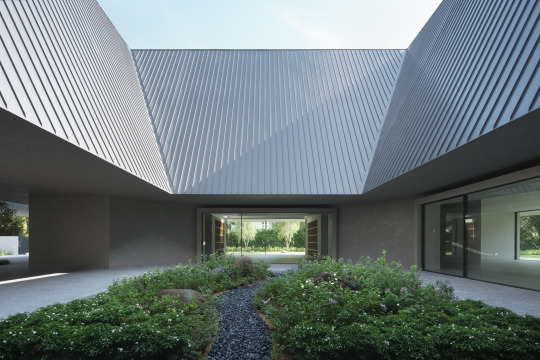
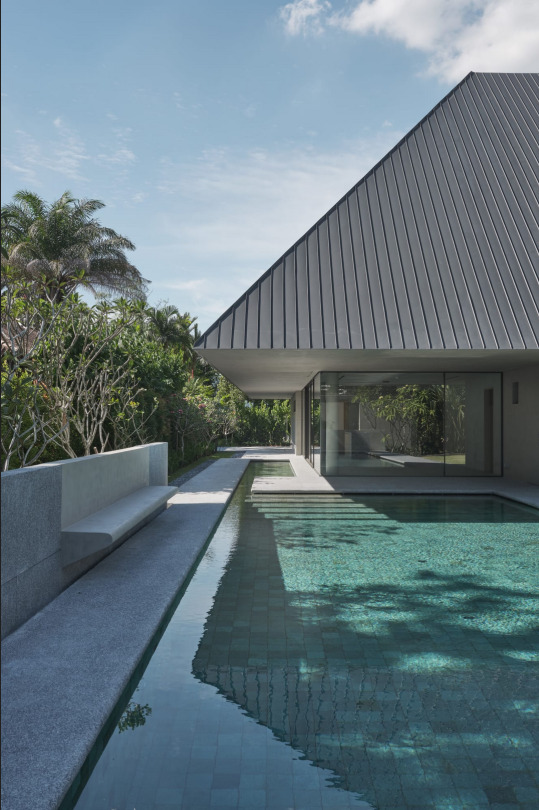

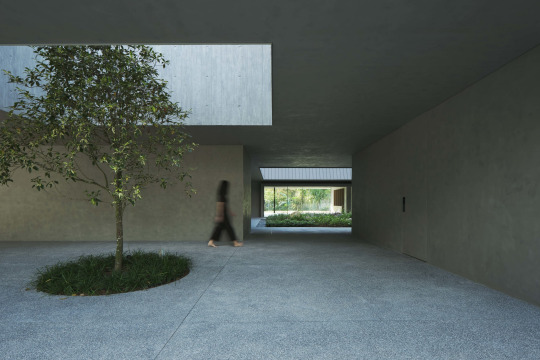
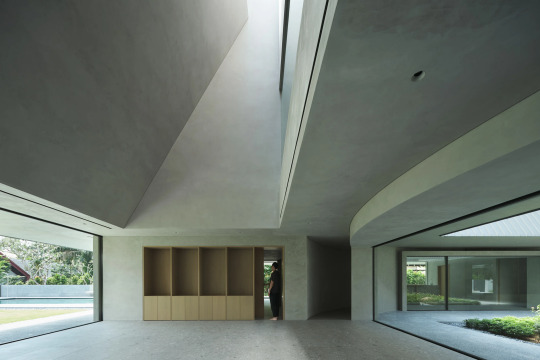
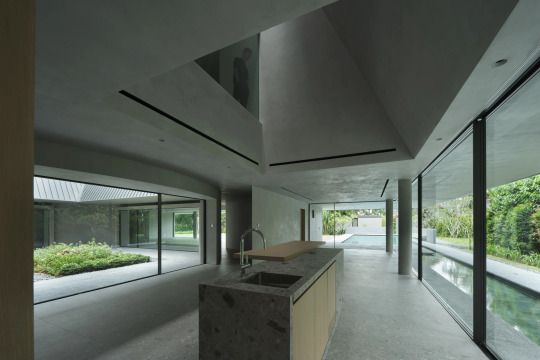

The House of Remembrance, Singapore - Neri&Hu
#Neri&Hu#architecture#design#building#modern architecture#interiors#house#minimal#concrete#house design#metal roof#swimming pool#courtyard#peaceful#beautiful houses#luxury#light#kitchen#singapore#chinese architecture
278 notes
·
View notes
Text






🪴 Siheyuan | 四合院 🪴
Is a historical type of courtyard residence that is commonly found across China. Designs differ in every region. For example, in the northwest where dust storms are strong, the walls tend to be higher. In the South the houses are built with multiple stories. In the northeast the weather is cold so courtyards are broad and large to increase the exposure to sunlight, and there are more open rooms inside the walls.
#chinese culture#chinese history#chinese architecture#asian architecture#Chinese courtyards#courtyards#china#east asia#siheyuan#east asian cultures#gardens#plants
461 notes
·
View notes
Text
豫园 (Yùyuán Gardens)


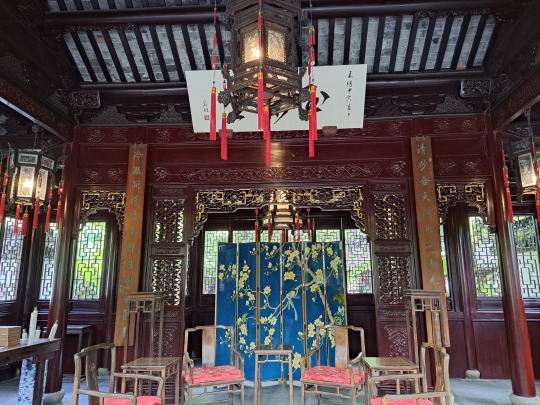

#slavic roots western mind#studyblr#college#college life#study motivation#travel blog#student#study blog#student life#aesthetic#china campus#china#chinatown#life in china#study in china#asia#garden aesthetic#garden#flowers#spring#spring flowers#plants#chinese architecture#yuyuan gardens#shanghai#blossoms shanghai#spring summer#豫园#园#architecture
14 notes
·
View notes
Text
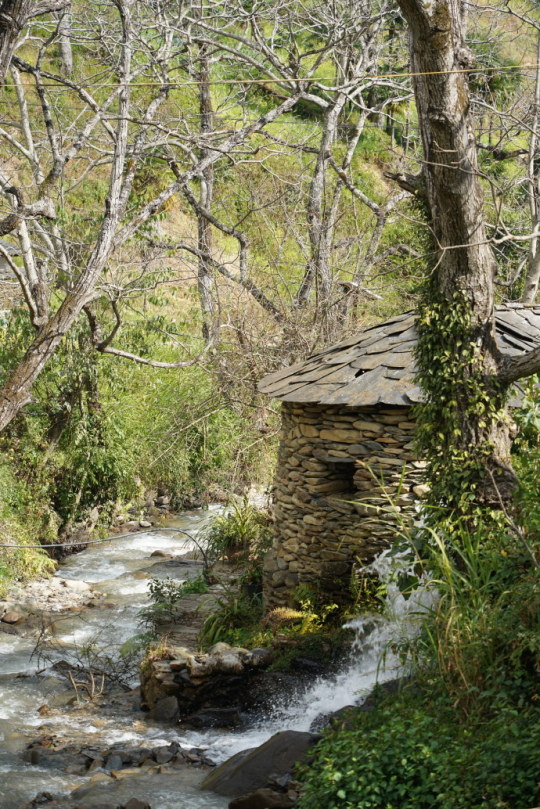

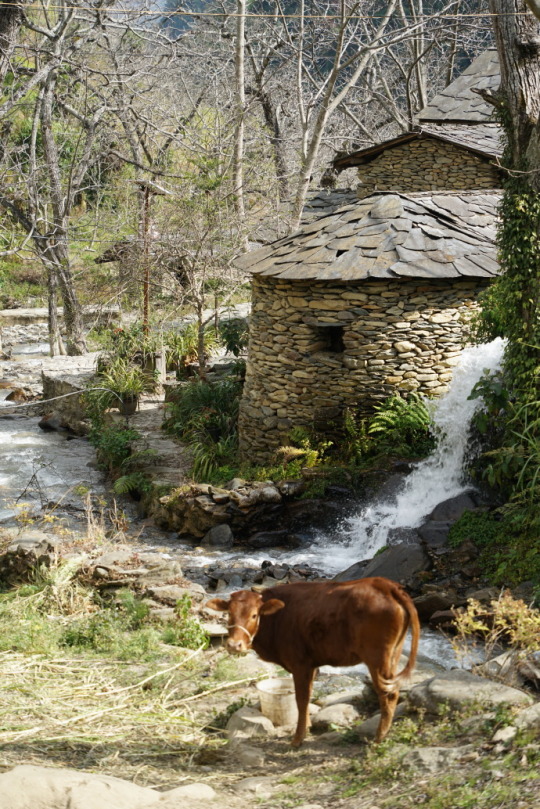



An old stone mill on the river in Shili (詩禮), Fengqing County, Yunnan.
Photo: ©鸿慈永祜
#ancient china#chinese culture#qing dynasty#chinese architecture#ming dynasty#rural landscape#rural#mill#water mill#landscape#nature#scenery#old china#chinese customs#countryside
95 notes
·
View notes
Text
Since many people enjoyed the Peach Blossom Springs build by Epicwork, here are some more builds that they’ve made over the years, along with some historical background on the builds, if anyone is interested:
The Thousand-Year Capital City - Luoyang (千年帝都·洛阳)
undefined
youtube
In ancient times, Luoyang served as capital city in Xia dynasty/夏朝 (2070 BC - 1600 BC; the existence of this dynasty is debated among scholars due to insufficient archaeological evidence), Shang dynasty/商朝 (1600 BC - 1046 BC; Luoyang was one of the two capital cities), Western Zhou dynasty/西周 (1046 BC - 771 BC; Luoyand was again one of two capital cities), Eastern Zhou dynasty/东周 (770 BC - 256 BC), Western Han dynasty/西汉 (briefly starting from 202 BC), Eastern Han dynasty/东汉 (25 AD - 220 AD), Kingdom (dynasty if going by the traditional official historiography) of Wei/曹魏 (220 AD - 266 AD; this is part of the famous Three Kingdoms period), Western Jin dyansty/西晋 (266 AD - 213 AD), Northern Wei dynasty/北魏 (386 AD - 534 AD; Luoyang became its capital in 494 AD), Sui dynasty/隋朝 (581 AD - 618 AD; Luoyang became the capital in 605 AD), Tang dynasty/唐朝 (618 AD - 907 AD, including the brief Zhou/武周 during which Wu Zetian was the first female emperor; Luoyang was the capital or one of the capitals starting from 657 AD), Later Liang dynasty/后梁 (907 AD - 923 AD), Later Tang dynasty/后唐 (923 AD - 937 AD), Later Jin dynasty/后晋 (936 AD - 947 AD).
The build here (minus the giant dragon statue of course) is based on Luoyang during Tang dynasty, possibly around the time when Emperor Gaozong or Wu Zetian was in power, due to the presence of the enormous standing Buddha statue (Wu Zetian believed in Buddhism, while most other emperors of Tang dynasty put more emphasis on Daoism, since they claimed to be descendants of the founder of Daoism, Laozi, whose real name was Li Er).
The Garden of Gardens - The Old Summer Palace (万园之园·圆明园)
undefined
youtube
The Old Summer Palace or Yuanmingyuan/圆明园 was a garden constructed during Qing dynasty that incorporated elements of Chinese architecture and Western architecture. The garden used to contain many priceless artifacts, the vast majority of which were stolen by British and French forces in 1860, and the garden itself was burned to the ground and thoroughly destroyed. As a result of this purposeful destruction, only a few broken pillars remained, standing as a grim reminder to the plundering and destruction that were the results of Western imperialism.

Epicwork tried to reference old photos and historical records when recreating the garden here in this build.
The quote at the beginning of the video comes from a letter written by Victor Hugo to Captain Butler (boldened portion is the quote):
To Captain Butler
Hauteville House,
25 November, 1861
You ask my opinion, Sir, about the China expedition. You consider this expedition to be honourable and glorious, and you have the kindness to attach some consideration to my feelings; according to you, the China expedition, carried out jointly under the flags of Queen Victoria and the Emperor Napoleon, is a glory to be shared between France and England, and you wish to know how much approval I feel I can give to this English and French victory.
Since you wish to know my opinion, here it is:
There was, in a corner of the world, a wonder of the world; this wonder was called the Summer Palace. Art has two principles, the Idea, which produces European art, and the Chimera, which produces oriental art. The Summer Palace was to chimerical art what the Parthenon is to ideal art. All that can be begotten of the imagination of an almost extra-human people was there. It was not a single, unique work like the Parthenon. It was a kind of enormous model of the chimera, if the chimera can have a model. Imagine some inexpressible construction, something like a lunar building, and you will have the Summer Palace. Build a dream with marble, jade, bronze and porcelain, frame it with cedar wood, cover it with precious stones, drape it with silk, make it here a sanctuary, there a harem, elsewhere a citadel, put gods there, and monsters, varnish it, enamel it, gild it, paint it, have architects who are poets build the thousand and one dreams of the thousand and one nights, add gardens, basins, gushing water and foam, swans, ibis, peacocks, suppose in a word a sort of dazzling cavern of human fantasy with the face of a temple and palace, such was this building. The slow work of generations had been necessary to create it. This edifice, as enormous as a city, had been built by the centuries, for whom? For the peoples. For the work of time belongs to man. Artists, poets and philosophers knew the Summer Palace; Voltaire talks of it. People spoke of the Parthenon in Greece, the pyramids in Egypt, the Coliseum in Rome, Notre-Dame in Paris, the Summer Palace in the Orient. If people did not see it they imagined it. It was a kind of tremendous unknown masterpiece, glimpsed from the distance in a kind of twilight, like a silhouette of the civilization of Asia on the horizon of the civilization of Europe.
This wonder has disappeared.
One day two bandits entered the Summer Palace. One plundered, the other burned. Victory can be a thieving woman, or so it seems. The devastation of the Summer Palace was accomplished by the two victors acting jointly. Mixed up in all this is the name of Elgin, which inevitably calls to mind the Parthenon. What was done to the Parthenon was done to the Summer Palace, more thoroughly and better, so that nothing of it should be left. All the treasures of all our cathedrals put together could not equal this formidable and splendid museum of the Orient. It contained not only masterpieces of art, but masses of jewelry. What a great exploit, what a windfall! One of the two victors filled his pockets; when the other saw this he filled his coffers. And back they came to Europe, arm in arm, laughing away. Such is the story of the two bandits.
We Europeans are the civilized ones, and for us the Chinese are the barbarians. This is what civilization has done to barbarism.
Before history, one of the two bandits will be called France; the other will be called England. But I protest, and I thank you for giving me the opportunity! the crimes of those who lead are not the fault of those who are led; Governments are sometimes bandits, peoples never.
The French empire has pocketed half of this victory, and today with a kind of proprietorial naivety it displays the splendid bric-a-brac of the Summer Palace. I hope that a day will come when France, delivered and cleansed, will return this booty to despoiled China.
Meanwhile, there is a theft and two thieves.
I take note.
This, Sir, is how much approval I give to the China expedition.
Regrettably, none of the priceless artifacts that were stolen had been returned by any of the countries involved, and instead became a major part of the museum collections of various Western countries. The small portion of artifacts that had returned to China were mostly bought from auctions by Chinese people. To this day, British and French mainstream media refuse to fully acknowledge the plundering and destruction of Yuanmingyuan.
Lijiang, the Ancient Mystic City (中国风·丽江古镇)
undefined
youtube
I thought the translation for the title should’ve been “the Ancient Mystical City”, but it’s okay. This is Epicwork’s first Chinese architecture-style build that became popular. This build is based on the real life Old Town of Lijiang (丽江古镇), which is a UNESCO World Heritage Site. The real life Old Town of Lijiang has architecture that incorporated features of Han culture and Naxi culture.

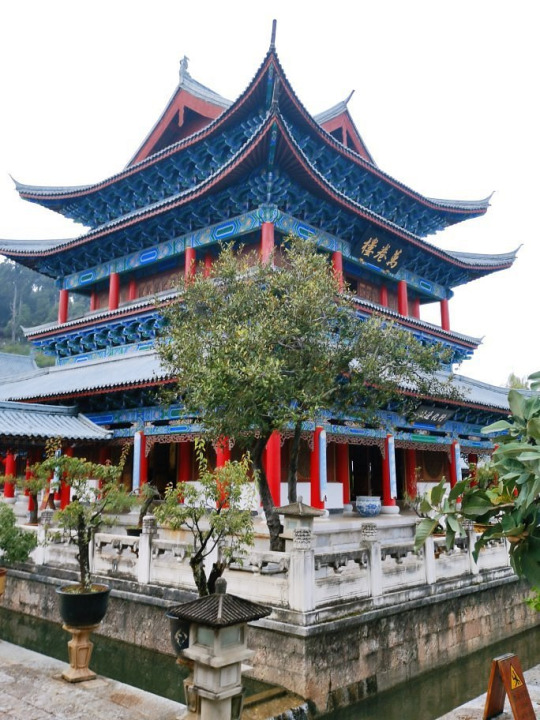
Finally, a build that doesn’t really fit the topic of this blog, but personally I really liked it, and just in time for October...
Devil Island (恶魔岛)
undefined
youtube
The cathedral in this build is based on Duomo di Milano.
#epicwork china#minecraft builds#the thousand year capital city Luoyang#the garden of gardens The Old Summer Palace#the ancient mystic city Lijiang#devil island#luoyang#the old summer palace#lijiang#old town of lijiang#chinese architecture#gothic architecture#chinese history#chinese culture#minecraft#yuanmingyuan#Youtube
157 notes
·
View notes
Text



Dream Lake Garden, Montréal
#Chinese garden#Jardin Chinois#Chinese lanterns#Chinese architecture#Dream Lake Garden#Montreal#Montreal Botanical Garden#Jardins Botanique de Montreal#photography
7 notes
·
View notes